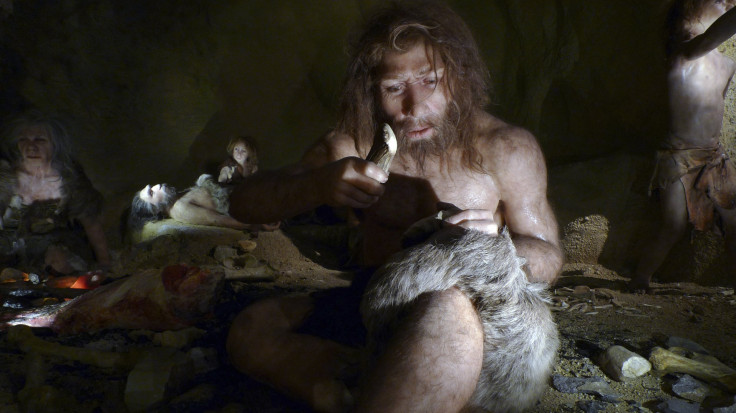45,000-Year-Old DNA Offers Clues To Human-Neanderthal Mating

DNA obtained from a 45,000-year-old human bone has shown that modern humans and Neanderthals, our closest extinct relatives, first mated nearly 60,000 years ago. The genome extracted from the thigh bone is the oldest modern human DNA to have been sequenced, according to a paper published in the journal Nature.
The thigh bone was found in 2008 on the banks of the Irtysh River in Siberia. However, it was only identified as human in 2010, according to media reports.
The researchers, led by scientists from the Max Planck Institute for Evolutionary Anthropology in Leipzig, Germany, named their find as Ust’-Ishim, after the Siberian district where the remains were found. Based on carbon dating, the femur was found to be between 43,000 years and 47,000 years old -- nearly twice the age of the next-oldest known complete modern-human genome.
“It was quite fossilized, and the hope was that it might turn out to be old. We hit the jackpot,” Bence Viola, a paleoanthropologist who was part of the study, told Nature. “It was older than any other modern human yet dated.”
While studying the sequenced genome, the scientists found that about 2.3 percent of the DNA came from Neanderthals as opposed to the 2.1 percent found in present-day humans. Based on the presence of long Neanderthal DNA segments present in the genome, scientists concluded that the earliest instance of interbreeding occurred between 50,000 years to 60,000 years ago.
Although scientists have long known that such interbreeding took place during the course of human evolution, the timing of this interbreeding was uncertain until now. Previous studies had dated the phenomenon to between 37,000 years and 86,000 years ago.
Moreover, the findings also raise the possibility that the very first species of humans diverged from apes nearly 11 million years ago. Current genetic evidence suggests that this event took place relatively more recently -- about five million years to six million years ago.
Chris Stringer, a paleoanthropologist at London's Natural History Museum, who was not a part of the study, told Nature that many more such discoveries could be made in the region.
“This is just a random find in a Siberian river deposit,” he said. “What else could be there when they start looking systematically?”
© Copyright IBTimes 2024. All rights reserved.






















